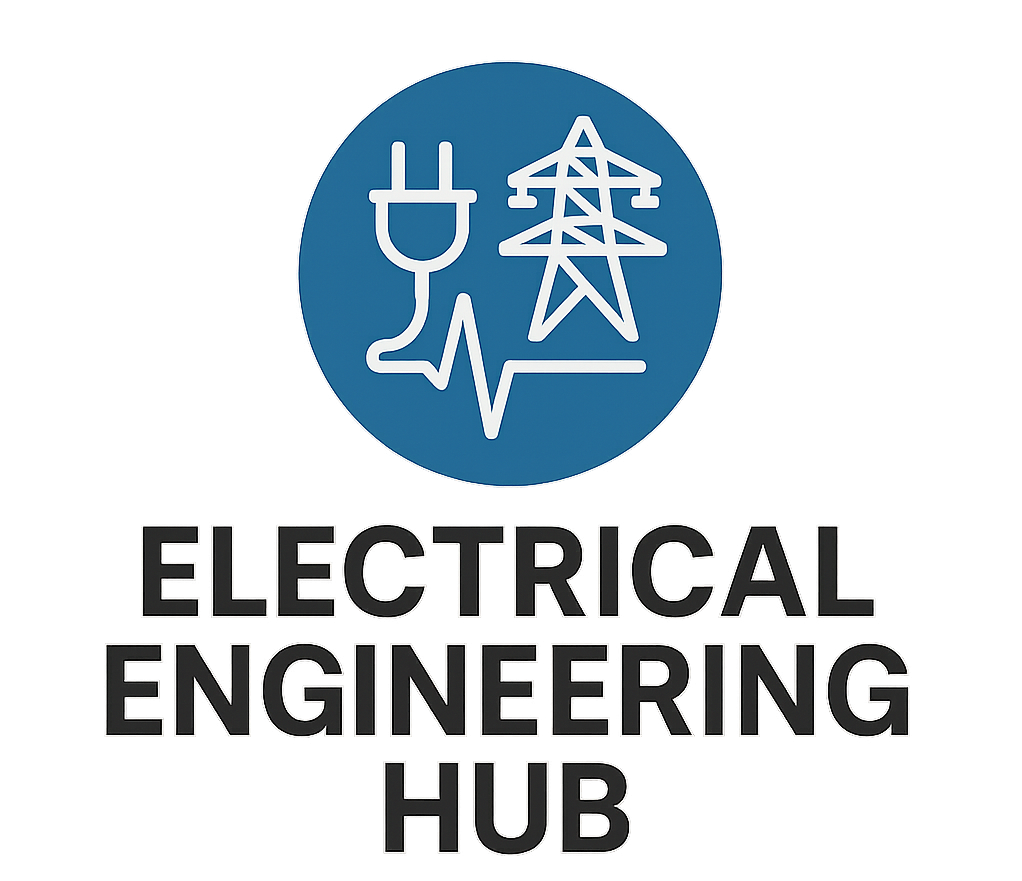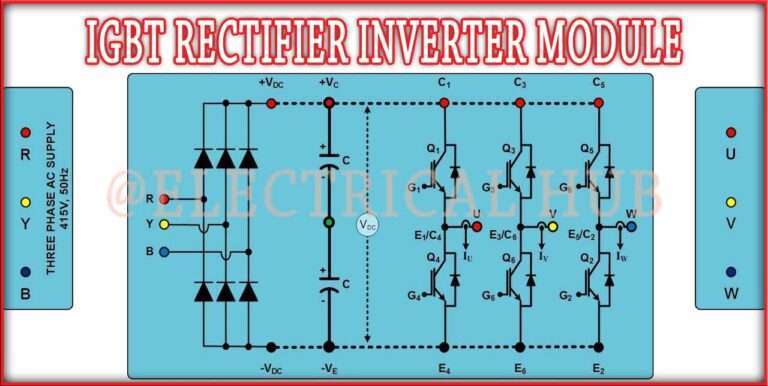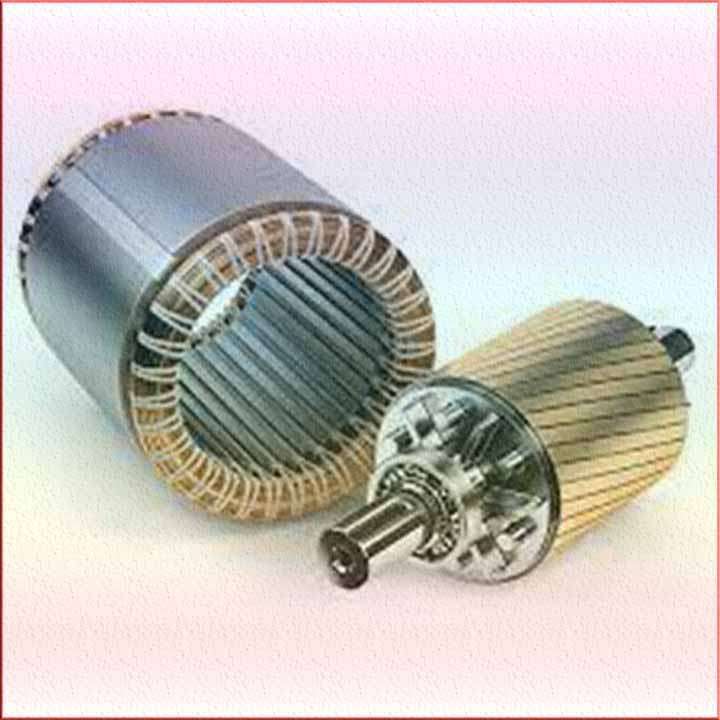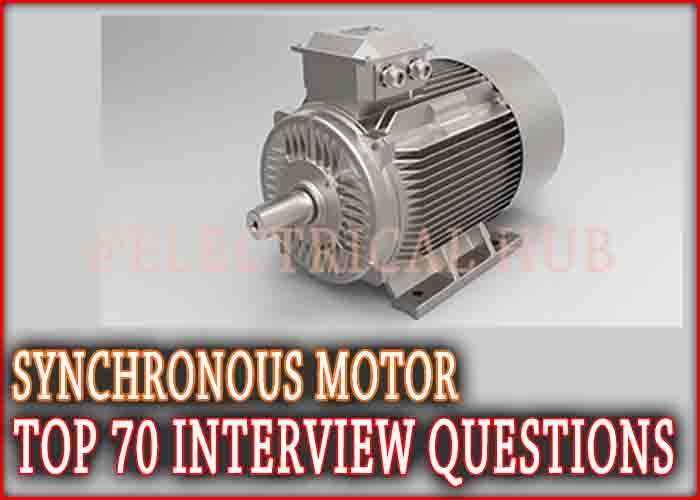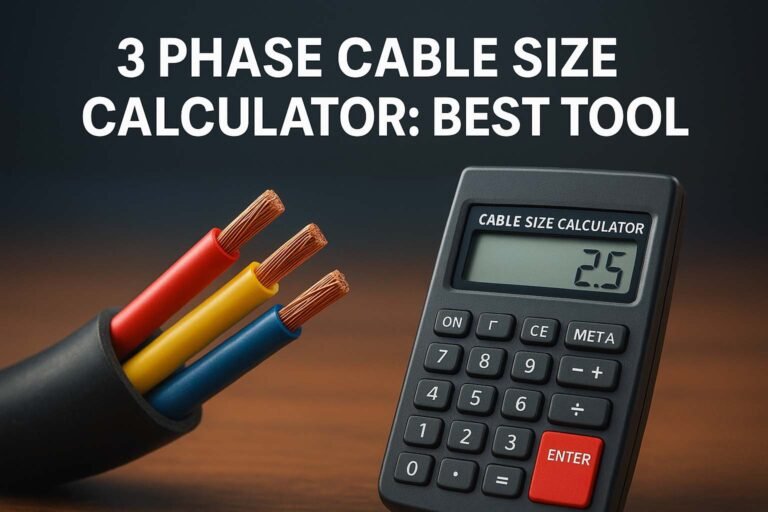Cogging in Induction Motor
Cogging in induction motors is a phenomenon that can cause undesirable effects in motor operation. It refers to the periodic jerking or stalling that happens when the motor shaft rotates. The main cause of cogging is the interaction between the rotor and the stator. The rotor has a specific number of slots, while the stator has a different number of poles, and this mismatch results in uneven torque production.
Understanding the causes, effects, and solutions to cogging in induction motors is essential for anyone working with motor systems in industries like manufacturing, energy generation, and robotics.
What is Cogging in Induction Motor?
Cogging in induction motors is often described as a form of torque ripple or jerking motion when the motor is under no-load or low-load conditions. When the rotor passes over the stator poles, the magnetic forces can cause the rotor to “stick” momentarily, resulting in uneven rotational movement.
This irregularity can lead to vibrations, noise, and a decrease in the overall efficiency of the motor. Though it might seem trivial, cogging can have significant impacts, especially in applications that require smooth and steady rotation.
Causes of Cogging in Induction Motors
Several factors contribute to the occurrence of cogging in induction motors. These include:
1. Slot and Pole Number Mismatch
The most common cause of cogging is the mismatch between the number of slots in the rotor and the number of poles in the stator. Ideally, the rotor should have a number of slots that does not coincide with the number of poles in the stator. When this mismatch occurs, the rotor becomes attracted to certain stator poles, causing jerky motion. The greater the mismatch, the more pronounced the cogging effect.
2. Magnetic Saturation
Magnetic saturation is another contributor to cogging. When the magnetic flux density in the rotor or stator exceeds a certain limit, it can lead to uneven torque generation. This leads to instances where the rotor momentarily gets stuck, resulting in the cogging phenomenon.
3. Rotor and Stator Design
The design of the rotor and stator, including their shape, material, and construction, also plays a significant role in cogging. Poorly designed rotor slots or stator cores can exacerbate the effects of cogging. Additionally, if there is any distortion in the rotor, it can further contribute to irregularities in the magnetic field, leading to cogging.
4. Manufacturing Tolerances
Variations in manufacturing tolerances, such as misalignment or small defects in the rotor or stator, can also cause cogging. These imperfections disrupt the even distribution of magnetic forces, contributing to uneven rotation and the jerking effect characteristic of cogging.
Effects of Cogging in Induction Motors
Cogging can have several negative effects on the performance of induction motors. Some of these effects include:
1. Vibration and Noise
The jerking motion caused by cogging can result in vibrations within the motor. These vibrations are often accompanied by an audible noise that can be disruptive, especially in applications requiring quiet operation, such as in medical equipment or precision machines.
2. Increased Wear and Tear
When cogging occurs, the motor experiences uneven torque, which can increase the wear and tear on the motor components. This leads to faster degradation of the bearings, windings, and other parts, reducing the motor’s lifespan and requiring more frequent maintenance.
3. Decreased Efficiency
The irregular torque production due to cogging means that the motor has to work harder to maintain its speed. This extra effort results in lower efficiency, leading to higher energy consumption. In applications where energy efficiency is critical, such as in industrial machinery or electric vehicles, cogging can significantly impact operating costs.
4. Stalling
In severe cases, cogging can cause the motor to stall, especially under light load conditions. This is particularly problematic in systems where continuous rotation is necessary, such as in conveyors or robotics.
Solutions to Minimize Cogging in Induction Motors
There are several ways to minimize or eliminate cogging in induction motors. These methods range from design adjustments to operational techniques that can help reduce the occurrence of this phenomenon.
1. Adjusting Slot and Pole Numbers
The most effective way to reduce cogging is to adjust the number of slots in the rotor and the number of poles in the stator. By ensuring that the rotor and stator are designed with numbers that minimize the interaction between the rotor slots and stator poles, the effects of cogging can be significantly reduced.
2. Use of Skewed Rotor Slots
Skewing the rotor slots is another technique that helps reduce cogging. When the rotor slots are skewed, it creates a smoother transition between the rotor and stator, which reduces the chances of the rotor becoming “locked” onto a stator pole. This technique also helps in reducing noise and vibration caused by cogging.
3. Improved Rotor and Stator Design
Using advanced materials for the rotor and stator cores can also help minimize cogging. For example, materials with better magnetic properties can reduce the chances of magnetic saturation. Additionally, optimizing the geometry of the rotor and stator cores to ensure a more uniform magnetic field distribution can reduce the likelihood of cogging.
4. Use of Permanent Magnet Motors
In some cases, using permanent magnet motors can help avoid cogging altogether. Permanent magnet motors, unlike induction motors, do not rely on the rotor’s interaction with the stator’s magnetic field in the same way. As a result, these motors often exhibit less cogging and smoother operation.
5. Control Techniques
Modern motor controllers often include advanced algorithms that help mitigate the effects of cogging. By adjusting the motor’s speed or torque, these controllers can smooth out irregularities caused by cogging. Additionally, controllers can compensate for cogging by dynamically adjusting the frequency and voltage applied to the motor.
Cogging and the Role of Motor Controllers
Motor controllers play a vital role in reducing the effects of cogging, especially in variable-speed applications. Some advanced motor controllers use techniques such as field-oriented control (FOC) to minimize the impact of cogging on motor performance. FOC works by controlling the torque and magnetic flux in a way that smooths out the interaction between the rotor and stator, effectively reducing cogging.
Conclusion
Cogging in induction motors is a significant phenomenon that affects motor performance, leading to issues such as vibration, noise, decreased efficiency, and potential motor failure. By understanding the causes of cogging, such as the slot and pole number mismatch, magnetic saturation, and rotor/stator design, engineers and technicians can implement solutions to reduce its impact.
Techniques like adjusting slot and pole numbers, using skewed rotor slots, and optimizing the design of motor components can all help minimize cogging and improve motor performance. With careful design and control strategies, cogging can be significantly reduced, ensuring smoother operation and longer motor life.
Follow Us on Social:
Subscribe our Newsletter on Electrical Insights for latest updates from Electrical Engineering Hub
#CoggingInInductionMotor, #InductionMotor, #MotorCogging, #InductionMotorFaults, #ElectricalEngineering, #MotorControl, #InductionMotorTechnology, #ElectricMotor, #MotorPerformance, #CoggingPhenomenon, #MotorTorque, #MotorDesign, #PowerElectronics, #ElectricalMotors, #MotorEfficiency
